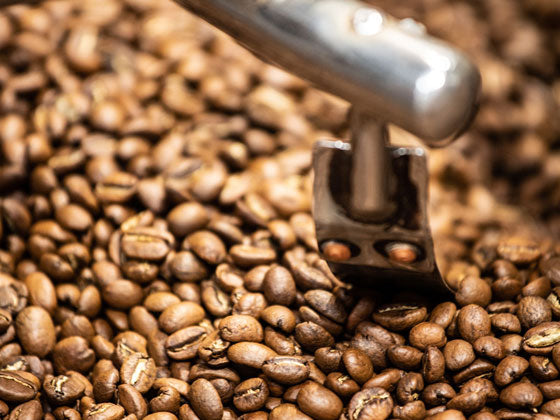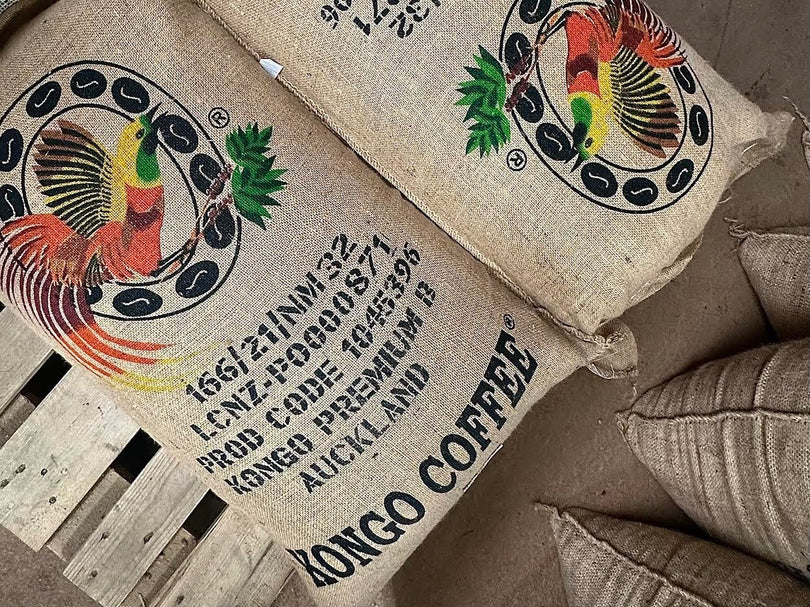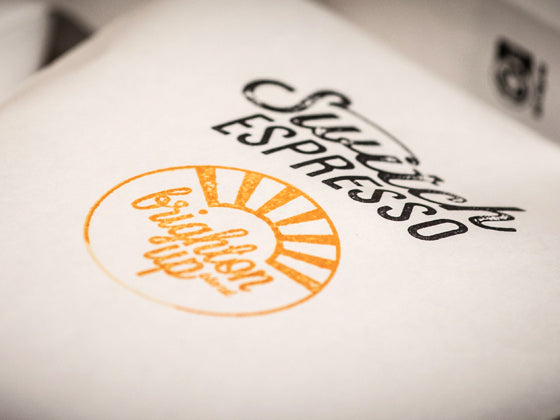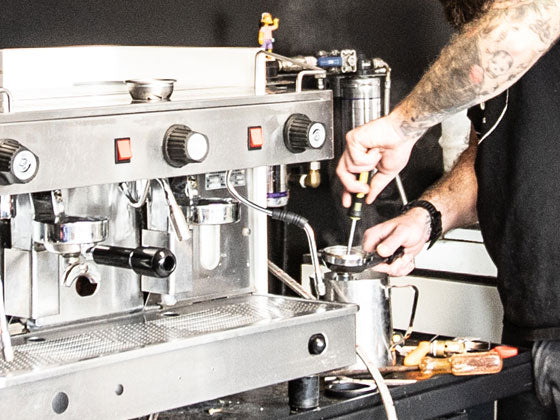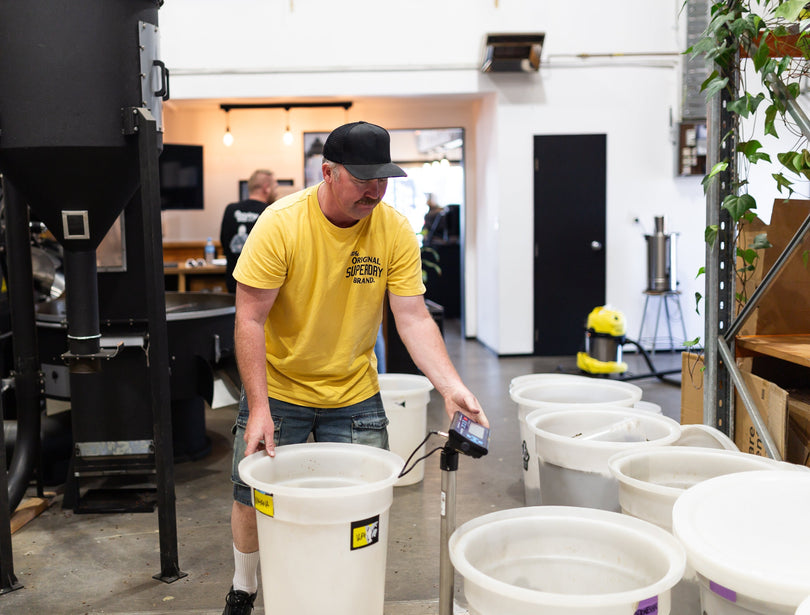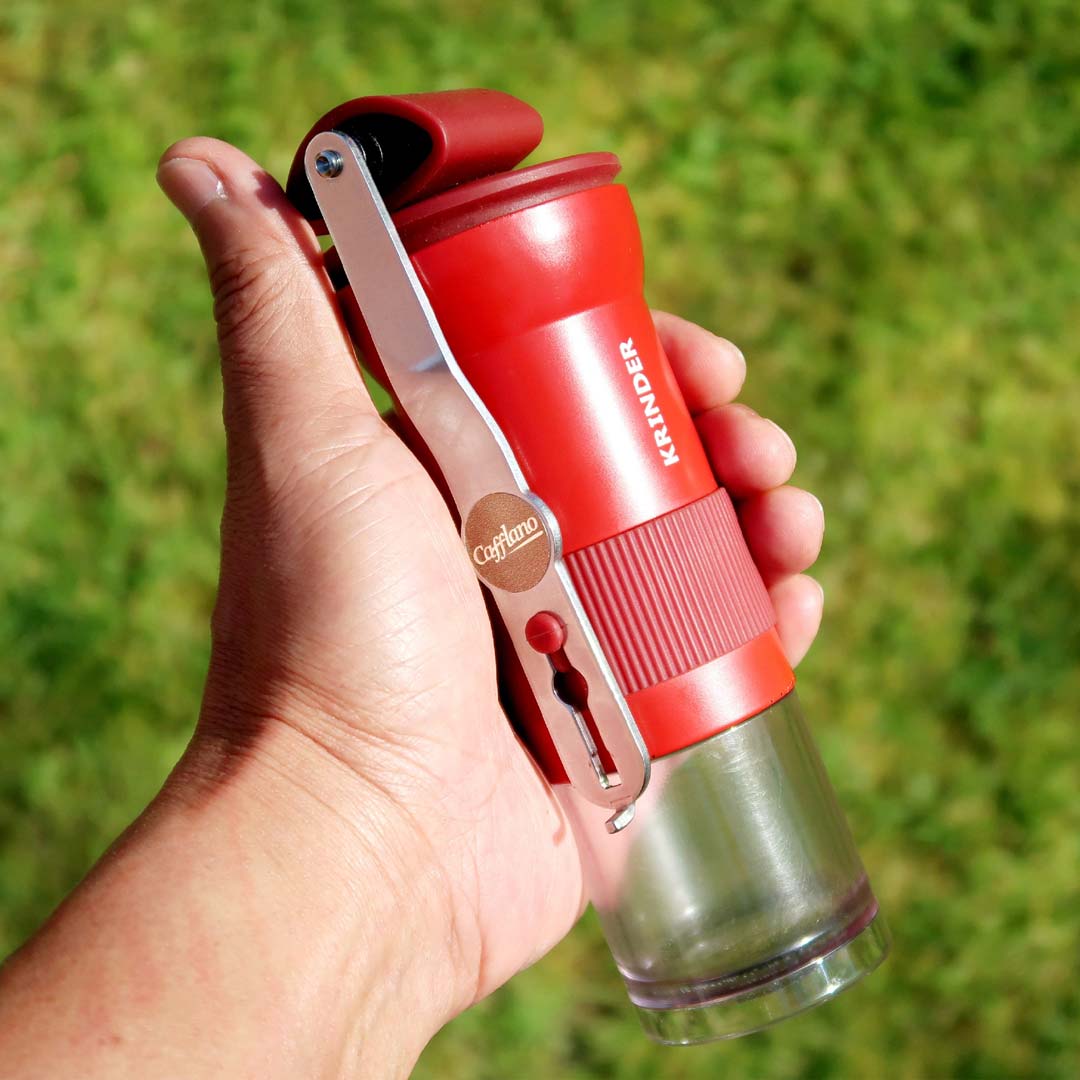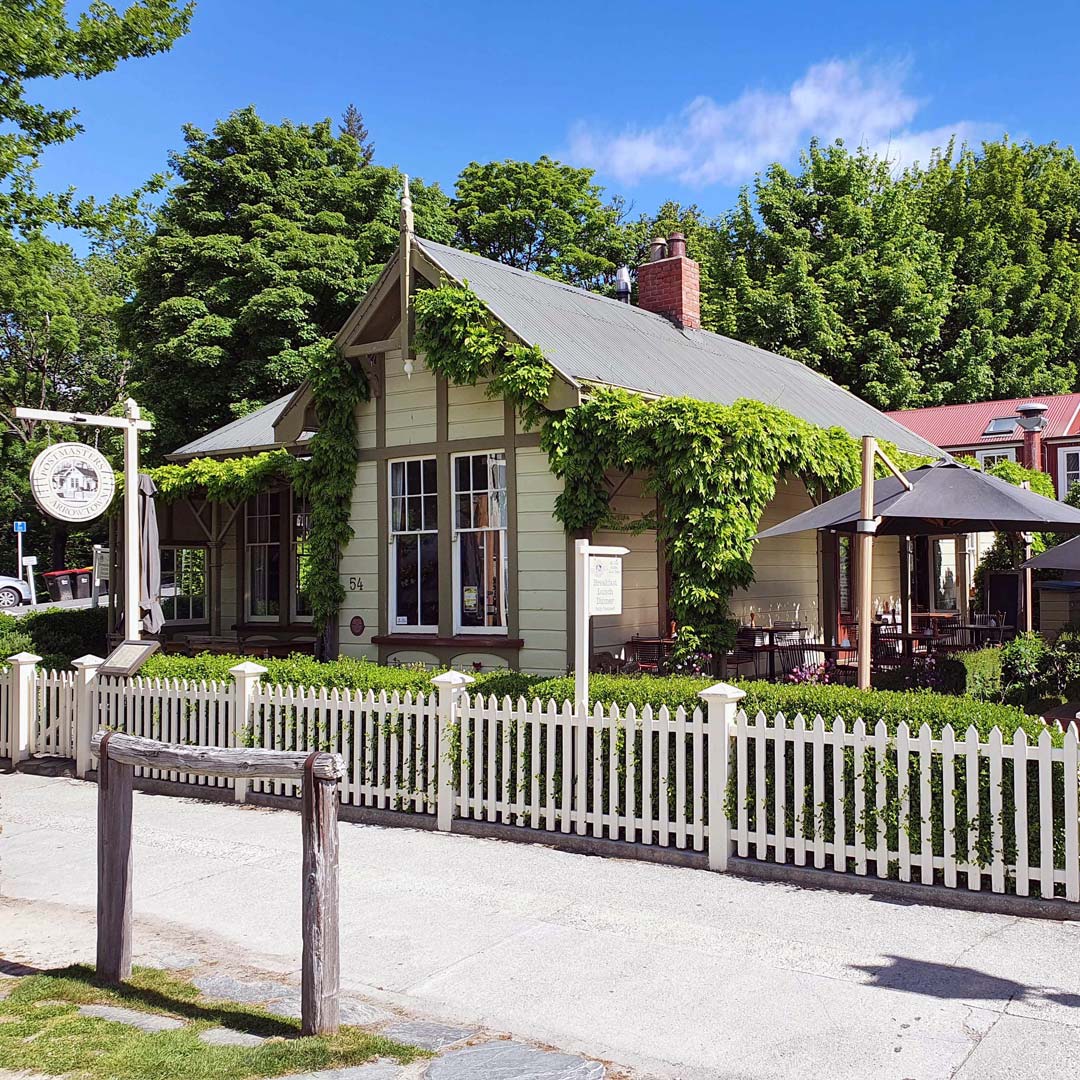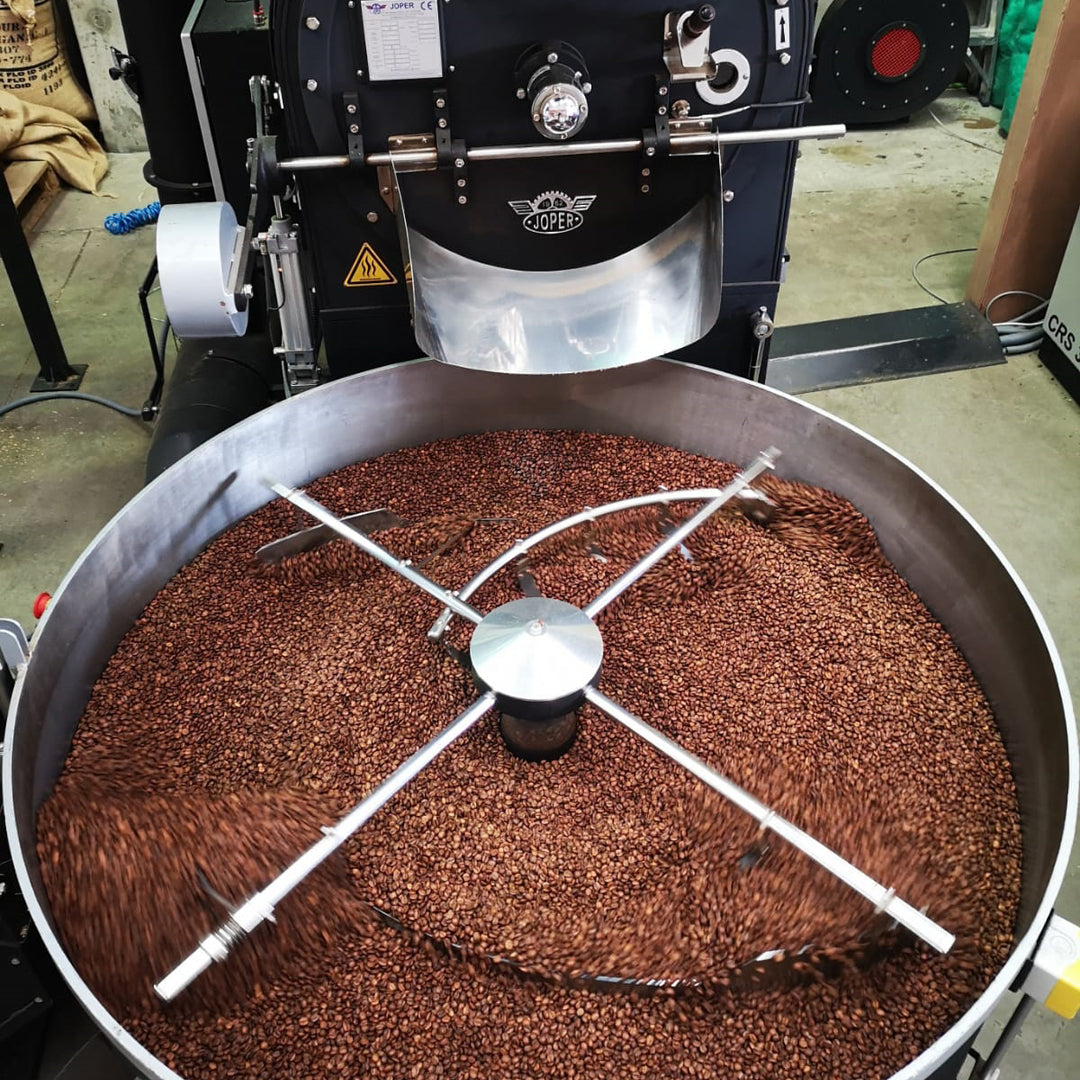Next question – which one? Before long you’ll be headfirst down a rabbit-hole of manual vs electric, burr vs blade, steel vs ceramic, with your head spinning faster than a caffeined hamster.
The team at Switch are always happy to share their wisdom with fellow travellers on the coffee journey. We stock several manual coffee grinders. Why? For the price, they outperform all but the high-end electric grinders and they do it quietly. They also take up less space and don't require electricity to work, making them ideal for off-grid occasions such as camping and picnicking.
With an electric grinder, you get what you pay for. Cheap will likely mean blades rather than burrs, for a start. Blade grinders don’t grind, they chop. Put a handful of beans through a blade grinder for a few seconds and you’ll notice the grounds are all shapes and sizes.
That’s not what you want. Coffee grounds of different sizes extract at different rates. For balanced coffee, you need uniform grounds.
To get that, you need a burr grinder. Instead of using blades to chop and spin the beans, burrs funnel the beans down a narrow pathway and grind them consistently.
Our manual grinders also allow you to choose your grind size, hugely important if you prefer a range of coffee-making styles, such as French press, rather than espresso all the time. For the perfect French press, the beans need to be coarsely ground, rather than the fine grounds espresso demands.
You’ll get that same feature with a high-end electric grinder but at a price several times that of our sturdy, dependable manuals.
Next time you are at the roastery or one of our cafés, bend the ear of one of the team about what kind of grinder is best for you.

